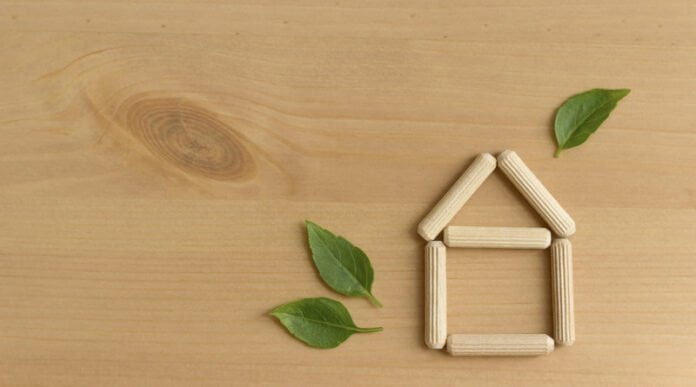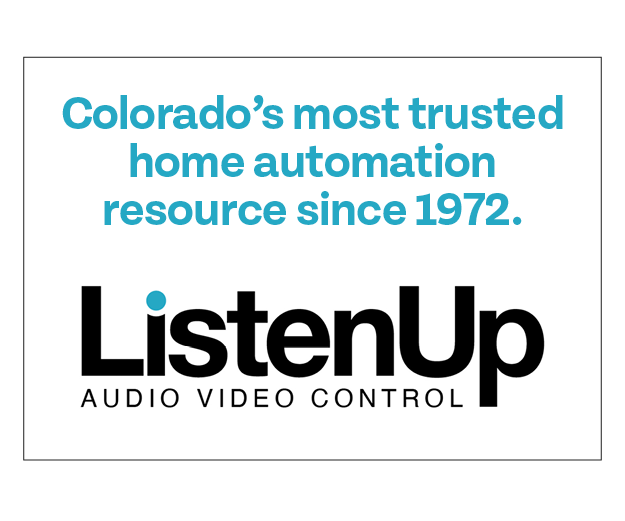When you think about what goes into building a green home, you may think of using energy efficient appliances, collecting rainwater on site, using native plants or even installing rooftop solar panels. These are all great ways to reduce the environmental footprint of a home, but making sure a home can be maintained over the long term and reduce energy and water bills, while improving occupant comfort, starts with the basic building elements of a house. It includes higher-quality and properly installed insulation, effective air sealing, more efficient windows, and high-efficiency heating and cooling systems. Not only do these elements reduce energy usage in a house, but they also make it more comfortable to live in.
It is estimated that the average American household spends over $2,000 a year on energy bills. Green homes use 30% to 60% less energy. That translates to thousands of dollars in savings over the lifetime of the house, not to mention a much more comfortable living experience.
RELATED: Colorado Recognized as a Leader in LEED
LEED is one of the few green building rating systems with requirements specifically designed for the construction of homes. There are more than 23,000 LEED-certified single-family homes (and 400,000 units in LEED-certified multifamily buildings) in the United States. LEED homes are built to provide clean indoor air and incorporate more durable building materials.
It’s estimated that by the end of 2018, the green, single-family housing market will represent about 40% of the market, and 84% of all residential construction will have sustainable features.
Breathe easy
To improve indoor air quality, in addition to proper air sealing, homes should be built with materials that don’t emit volatile organic compounds (VOCs) and formaldehyde. Whole-house ventilation needs to be installed, with exhaust fans to the outdoors in kitchens and bathrooms. What’s more important is to air seal the house as well as possible, and then provide controlled fresh air to the occupants. For homeowners who believe that letting a house “breathe” provides fresh air, gaps and leaks in the house ultimately cost them in wasted heat, cool air, energy and money.
With proper planning, green homes can be built for the same cost as conventional homes, and resold for more money in less time than traditional homes, all while maintaining a level of high-quality efficiency and maintenance. On top of that, with the addition of efficient materials and equipment, green homes can qualify for certain tax breaks.
Sixty percent of consumers have said that green and energy efficient features are top requirements for their next home. The desire to live sustainably has become increasingly more prevalent with homeowners, and evolving technology and innovation has made that dream more affordable. Given that we spend the majority of our time indoors, and a great deal of that in our own homes, it’s essential to make sure our homes are built to the highest quality standards to keep the air we breathe clean, and to keep our homes running effectively and efficiently.








